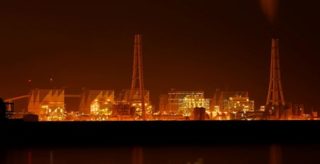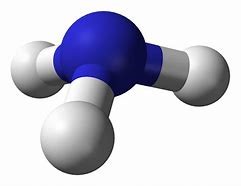-
JERA studying ammonia co-firing at coal-fired Japanese power station
Date posted:
-
-
-
Post Author
Greg Kelsall
-
-
![]()
Japanese power generator JERA and partner IHI have started to utilise a small amount of ammonia in Unit 5 of its Hekinan Thermal Power Station according to a recent article. This involves replacing two of the 48 burners at Unit 5 with test burners. Their performance will be assessed through to March 2022 to examine the effects of different burner materials and combustion times to identify the required conditions for co-firing burners. The approximately 200 tonnes of ammonia to be used will be supplied from denitration tanks on the premises of the power station.
Hekinan Thermal Power Station was built by Chubu Electric and commissioned in 1991. JERA is a joint venture between Chubu and TEPCO Fuel and Power and has been operating the coal-fired plant since 2019. The plant is considered to be one of the world’s most polluting power generation stations and was ranked 10th by a Carbon Monitoring for Action report, as noted in an open access article published in Environmental Research Letters.
![]()
Ammonia molecule model
The longer term aim of the testing is to develop a co-firing burner to be used at around a 20% co-firing ratio (heating value basis) in Hekinan’s Unit 4, in support of the Japanese government’s target to achieve demand of 3 million tonnes/year of ammonia by 2030 and 30 million tonnes annually by 2050.
As noted in two recent IFRF blogposts (of 15th February and 16th August), in pursuing the 2030 target, Japan will create supply chains and associated supporting infrastructure which would then be able to grow as demand for the fuel also expands to push for the 2050 target. Most of the 1.08 million tonnes of ammonia currently used in Japan each year (as fertiliser and for some industrial applications) is produced locally, but it is anticipated that imports will ramp up over the next decade. One example of this supply chain development is the Japanese trading house Itochu’s collaboration with Petronas Energy Canada and a Canadian infrastructure company to produce ammonia for export to Japan. A 1 million tonne/year plant is to begin construction next year, using natural gas from Petronas’ fields in Alberta as a feedstock, and capturing carbon dioxide during the manufacturing process, making the product ‘blue’ (rather than ‘green’) ammonia. Itochu is also working on a feasibility study for a similar blue ammonia production plant in Russia, in conjunction with Irkutsk Oil, and Mitsui and CF Industries are exploring the possibility of developing blue ammonia projects in the USA.


